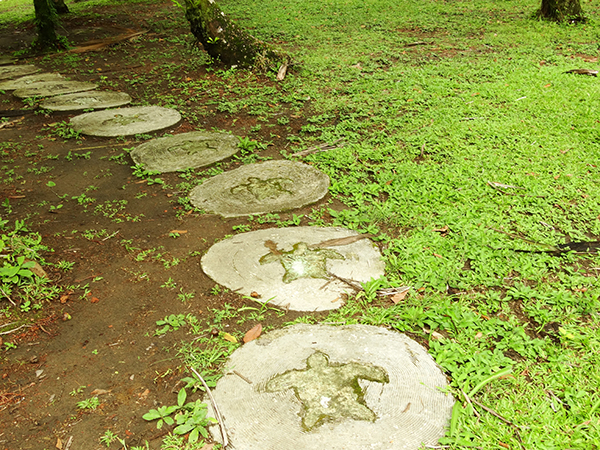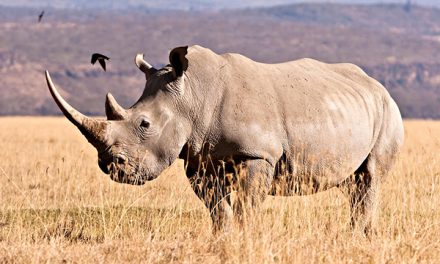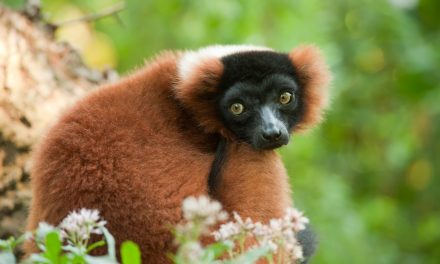
While visiting Costa Rica with Natural Habitat Adventures last year, I once again had an opportunity to see how embracing conservation enhances communities. The first leg of the Natural Jewels of Costa Rica trip is a visit to the beautiful canals of Tortuguero National Park, adjacent to a rough portion of the Caribbean Sea where sea turtles nest every year.
The people of the area once subsisted on hunting the sea turtles and other wildlife. They found many uses for the sea turtles and let nothing go to waste, but the sea turtle population began to dwindle and life in this remote area was challenging.
In the 1950s, a Harvard professor the villagers called “Dr. Archie” came to Tortuguero to research the sea turtles and to convince the locals to stop hunting them and instead help to save the sea turtles and increase the population. The professor’s idea was to leverage the tourism associated with sea turtle conservation projects to be the main livelihood of the community. Soon, everyone was pitching in to save the sea turtles, and the Sea Turtle Conservancy was built on a strip of land at the edge of the village, with the sea on one side of the property and the Tortuguero National Park’s canal system on the other.

The Sea Turtle Conservancy is working hard to research and help the sea turtles that arrive at Tortuguero. Researchers and volunteers try to create a place where sea turtles are safe to nest and where people can be educated about the lives of the turtles and what it will take to protect them in the modern age.
Today, the property includes an inviting visitor center with a small museum full of fun and interesting exhibits, a small gift shop with a combination of local crafts and Sea Turtle Conservancy souvenirs, and a small theater for educational talks and videos. Most schoolchildren in Tortuguero get a chance to volunteer and learn at the Sea Turtle Conservancy, thus keeping the love of conservation alive in the community.
Before our Costa Rica tour, each of us received a certificate informing us that Natural Habitat Adventures had adopted a sea turtle on our behalf and that we got to name our new little bundle of shell and flippers. I named mine Lucia.

As Natural Habitat Adventures’ office manager, I am the first person to receive messages from people who are concerned that our presence in certain habitats is harmful to the animals in the area. I enjoy using this opportunity to explain that tourism fuels conservation.
Nat Hab brings people to places where habitats are threatened by man and industry. Together with our conservation travel partner, World Wildlife Fund, we help empower local people to protect their invaluable natural treasures. The money we spend in these places helps fund the efforts being made to safeguard vulnerable lands and species.
Each time Natural Habitat visits Costa Rica, another group of sea turtles gets adopted and another group of people gets educated about the value of conservation travel. It’s a win-win situation.

This guest post was written by Natural Habitat Adventures Office Manager Mandy Scott. All photos © Mandy Scott.




































On our recent NatHab trip, one of the guides wore a NatHab tshirt with a Kenyan quote about our grandchildren giving us the world to protect.
Could you send me the exact quote? I did not see it anywhere on the website.
Thanks!
Hello Caryl,
The Kenyan proverb you referenced is:
“Treat the Earth not as if it was given to you by your parents, but as if it was lent to you by your children.”
Thanks!